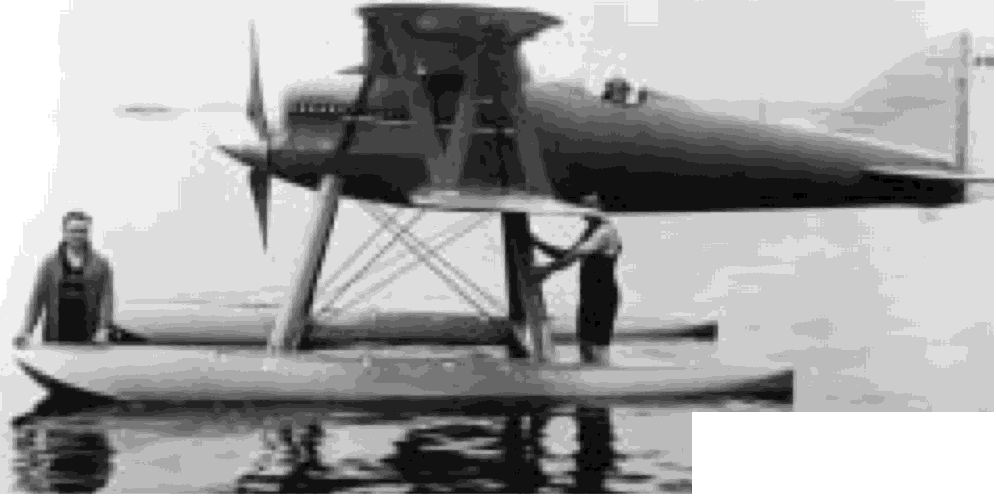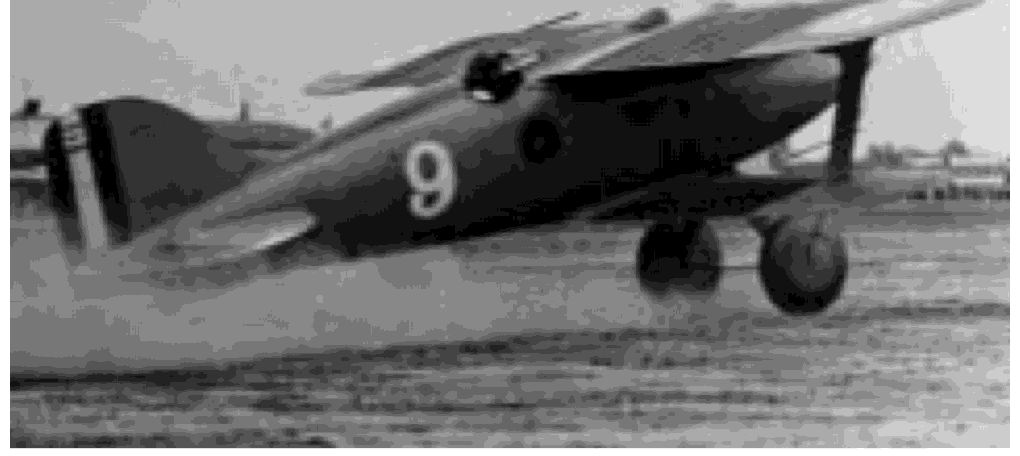

1923-Contin ued
Lieutenant Robert L. Fuller, in a DT-2 torpedo plane, set
distance and duration marks with a 1,000-kilogram pay-
load at 205.2 miles and 2 hours, 45 minutes, 9 seconds.
7 June
Pilots at San Diego, Calif., continued their
assault on the record books with eight new world
marks for Class C seaplanes as follows:
Lieutenant Earl B. Brix, in a DT-2, set an altitude
record of 10,850 feet for planes carrying a 250-kilo-
gram useful load.
Lieutenant Robert L. Fuller, in an F-5L, set an alti-
tude record of 8,438 feet for planes carrying a 500-
kilogram load.
Ensign Edward E. Dolecek, in an F-5L, set an alti-
tude record of 7,979 feet for planes with a 1,000-kilo-
gram load.
Lieutenant Cecil F. Harper, in a DT-2, set the altitude
record of 13,898 feet for planes with no useful load.
Lieutenant Henry T. Stanley, in an F-5L, with a
1,500-kilogram load, set the duration mark at 2 hours,
18 minutes, and an altitude record of 5,682 feet.
Lieutenant Herman E. Halland, in an F-5L with a
2,000-kilogram load, set a duration record of 51 min-
utes and an altitude record of 4,885 feet.
12 June
Lieutenant Ug) Mainrad A. Schur, flying a
DT-2 Douglas torpedo plane powered with a Liberty
engine, set three world records at San Diego, Calif.,
for Class C seaplanes with a duration mark of 11
hours, 16 minutes, 59 seconds, a distance mark of
792.25 miles, and a speed of 70.49 mph for 1,000 kilo-
meters.
13 June
At San Diego, Calif., Lieutenant Ralph A.
Ofstie, in a TS seaplane equipped with a Lawrance J-1
engine, set world speed records for Class C seaplanes
for 100 and 200 kilometers with speeds of 121.95 and
121.14 mph, respectively.
21 July
The Bureau of Aeronautics established a
policy of assigning experimental airplanes to fleet
squadrons for operational evaluation before adopting
them as service types.
13 August
Constructive action towards building an
effective aviation branch of the Naval Reserve Force
was marked by the establishment of Naval Aviation
Reserve Units at Fort Hamilton, N.Y., and Squantum,
Mass.
4 September
Shenandoah
(ZR-l) made its first
flight at NAS Lakehurst, N.J., Captain Frank R. McCrary
commanding.
UNITED STATES NAVAL AVIATION
1910-1995
57
28 September
U.S. Navy aircraft won first and sec-
ond place in the international seaplane race for the
Schneider Cup at Cowes, England, and in winning
established a new world record for seaplanes with a
speed of 169.89 miles per hour for 200 kilometers.
Lieutenant David Rittenhouse, the new record holder,
marked up 177.38 miles per hour for the race and
Lieutenant Rutledge Irvine placed second with 173.46
mph. Both were flying CR-3s equipped with Curtiss D-
12 engines.
=-
CR-3, winner
of 1923
Schneider Trophy Race 175426
6 October
Navy planes swept the Pulitzer Trophy
Race at St. Louis, Mo., taking the first four places all at
faster speeds than the winning time of the previous year.
Both first and second place bettered the world's speed
mark, with the winner Lieutenant Alford 1. Williams in
an R2C, setting the new records for 100 and 200 kilome-
ters at 243.812 and 243.673 mph, respectively.
2 November
Lieutenant Harold 1. Brow, flying an
R2C-1 equipped with a Curtiss D-12 engine, estab-
lished a world speed record at Mitchel Field, Long
Island, N.Y., averaging 259.47 mph in four flights over
the 3-kilometer course.
Ai Wj]]iams' R2C won the
1923
Pulitzer Race 458279
 |
11 |
 |